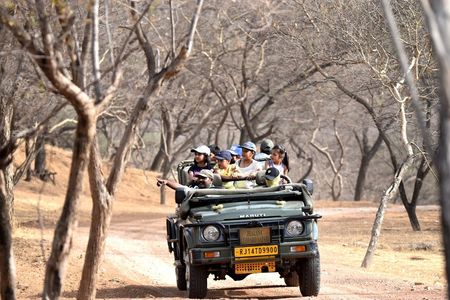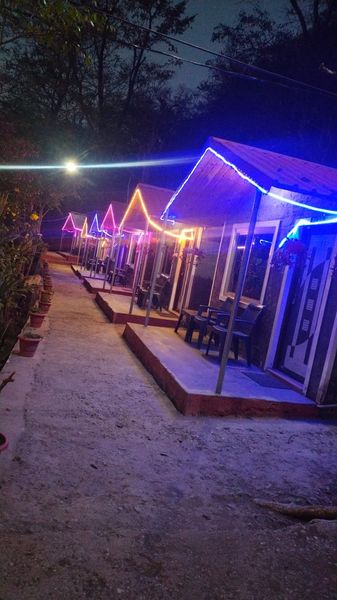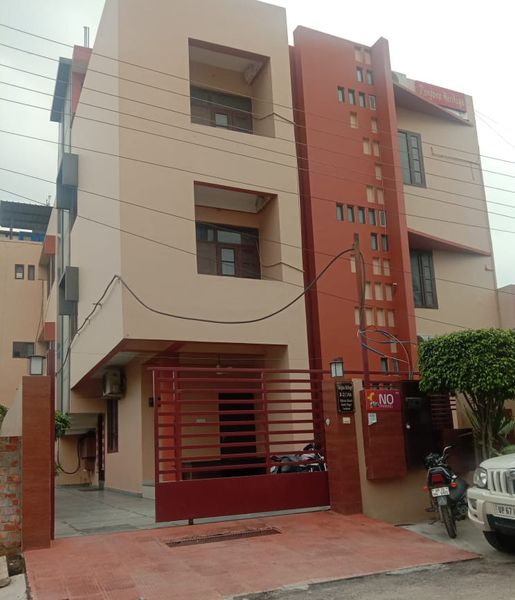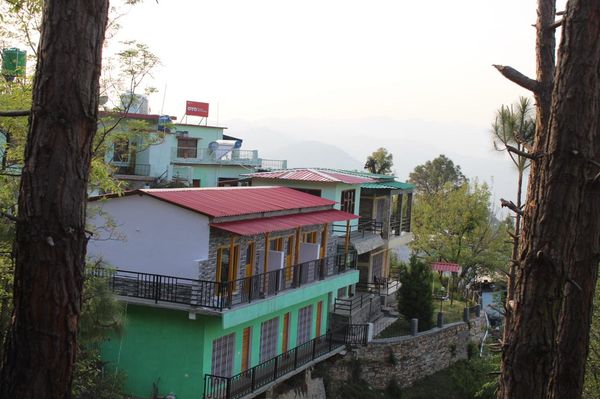Unleashing the Wild: Discover Jhalana Leopard Safari in All Its Glory
 Rohit Sen
18 Oct, 2024
9 mins read
130
Rohit Sen
18 Oct, 2024
9 mins read
130

Nestled on the outskirts of Jaipur, the Jhalana Leopard Safari is one of India’s most unique wildlife experiences. This lesser-known gem offers visitors the rare opportunity to witness leopards in their natural habitat while avoiding the crowds of more famous national parks. As tourism continues to grow, Jhalana has gained popularity among wildlife enthusiasts for its intimate and thrilling safari experience. Let's dive into what makes this safari a must-visit and what you can expect when exploring the wild at Jhalana.
The Hidden Gem of Jaipur
While most people associate Jaipur with its palaces, forts, and cultural landmarks, Jhalana brings a touch of wilderness to the city's already vibrant landscape. The Jhalana Leopard Safari is located within the Jhalana Reserve Forest, a dry deciduous forest spread across 24 square kilometers. The reserve has become a haven for leopards, making it one of the best places in India to spot these elusive big cats. Unlike the crowded tiger reserves, Jhalana offers a quieter, more personal safari experience.
The leopards at Jhalana are the park of undisputed stars, with more than 30 of these majestic creatures inhabiting the area. The proximity of the leopards to the safari zone ensures high chances of sightings, making Jhalana a top choice for wildlife photographers and nature lovers alike. Moreover, the limited number of safari vehicles allowed in the park ensures a peaceful and eco-friendly encounter with nature.
A Unique Leopard-Focused Safari Experience
Jhalana's primary attraction is undoubtedly its leopards. These stealthy cats are typically more challenging to spot than tigers due to their solitary and nocturnal nature. However, at Jhalana, leopards have adapted to the presence of humans and can often be seen lounging on rocks, climbing trees, or hunting prey during daylight hours. This makes it one of the few places in India where leopard sightings are common.
Aside from leopards, Jhalana is home to a variety of other wildlife, including striped hyenas, Indian civets, desert foxes, and a plethora of bird species. Birdwatchers will be delighted to see species such as the Indian eagle-owl, crested serpent eagle, and various kingfishers. The park's unique ecosystem, characterized by rocky hills and scrubland, offers a diverse range of habitats for wildlife, making each safari ride an exciting and unpredictable adventure.
What to Expect During the Safari
When embarking on a Jhalana Leopard Safari, expect to be on the edge of your seat, with the thrill of spotting a leopard at any moment. The safari typically lasts around 2.5 hours, with two safaris conducted daily—one in the early morning and another in the late afternoon. These times offer the best chances of spotting leopards and other wildlife, as animals are more active during cooler parts of the day.
The safari is conducted in open-top vehicles, allowing for unobstructed views of the surrounding landscape. Trained guides accompany visitors, sharing their extensive knowledge of the flora and fauna of the park. These guides play a crucial role in ensuring a safe and rewarding experience, as they can track the movements of leopards and other wildlife, increasing your chances of a successful sighting.
Tips for a Successful Jhalana Safari:
- Book in advance: Since the number of safari vehicles is limited, it’s essential to book your safari well in advance, especially during peak tourist seasons.
- Stay silent and patient: To increase your chances of seeing leopards, it’s important to remain quiet during the safari. Leopards are shy animals, and sudden movements or noise can scare them away.
- Dress appropriately: Wear neutral-colored clothing to blend in with the surroundings and avoid bright colors that may distract the animals.
- Carry a good camera: With high chances of close leopard encounters, bring along a DSLR camera with a good zoom lens for capturing stunning wildlife shots.
Conservation Efforts and Eco-Tourism at Jhalana
The Jhalana Leopard Safari is a shining example of how eco-tourism can benefit both wildlife conservation and local communities. The Rajasthan government, along with local wildlife authorities, has worked diligently to ensure that tourism in Jhalana is sustainable and does not disrupt the natural habitat of the animals.
Revenue generated from the safari is reinvested into conservation efforts, including habitat restoration, anti-poaching initiatives, and awareness programs for local communities. These measures have contributed to a thriving leopard population and a balanced ecosystem in Jhalana. Additionally, the limited number of vehicles allowed on each safari helps to minimize the impact on the environment, ensuring that the forest remains a sanctuary for wildlife.
Best Time to Visit Jhalana
While Jhalana is open throughout the year, the best time to visit for leopard sightings is during the cooler months, from October to March. During this period, the leopards are more active, and the chances of spotting them increase significantly. The weather is also more pleasant, making the safari experience comfortable and enjoyable.
In contrast, the summer months (April to June) can be scorching, with temperatures soaring above 40°C. However, the scarcity of water during this time often forces leopards to frequent waterholes, providing excellent opportunities for sightings. If you can handle the heat, a summer safari might reward you with unforgettable wildlife encounters.
How to Reach Jhalana Leopard Safari
Jhalana Leopard Safari is easily accessible from Jaipur, making it a perfect day-trip destination for those visiting the Pink City. The park is located about 10 kilometers from the city center, and it takes around 20 to 30 minutes to reach by car. Most hotels in Jaipur can arrange safari bookings and transportation, ensuring a hassle-free experience.
For those traveling from outside Jaipur, the city is well-connected by air, rail, and road. Jaipur International Airport is approximately 15 kilometers from the park, while Jaipur Junction Railway Station is just 12 kilometers away. Both options offer convenient access to Jhalana, making it an ideal addition to any Jaipur itinerary.
Conclusion
The Jhalana Leopard Safari offers an unparalleled opportunity to witness one of India’s most elusive predators in the wild. With its increasing reputation as a top leopard-spotting destination, this safari should be on every wildlife enthusiast’s bucket list. Whether you’re a seasoned photographer, a nature lover, or simply someone seeking an adventure off the beaten path, Jhalana promises an unforgettable experience in the heart of the wild.
Written By:
Rohit Sen



Hotels at your convenience
Now choose your stay according to your preference. From finding a place for your dream destination or a mere weekend getaway to business accommodations or brief stay, we have got you covered. Explore hotels as per your mood.





